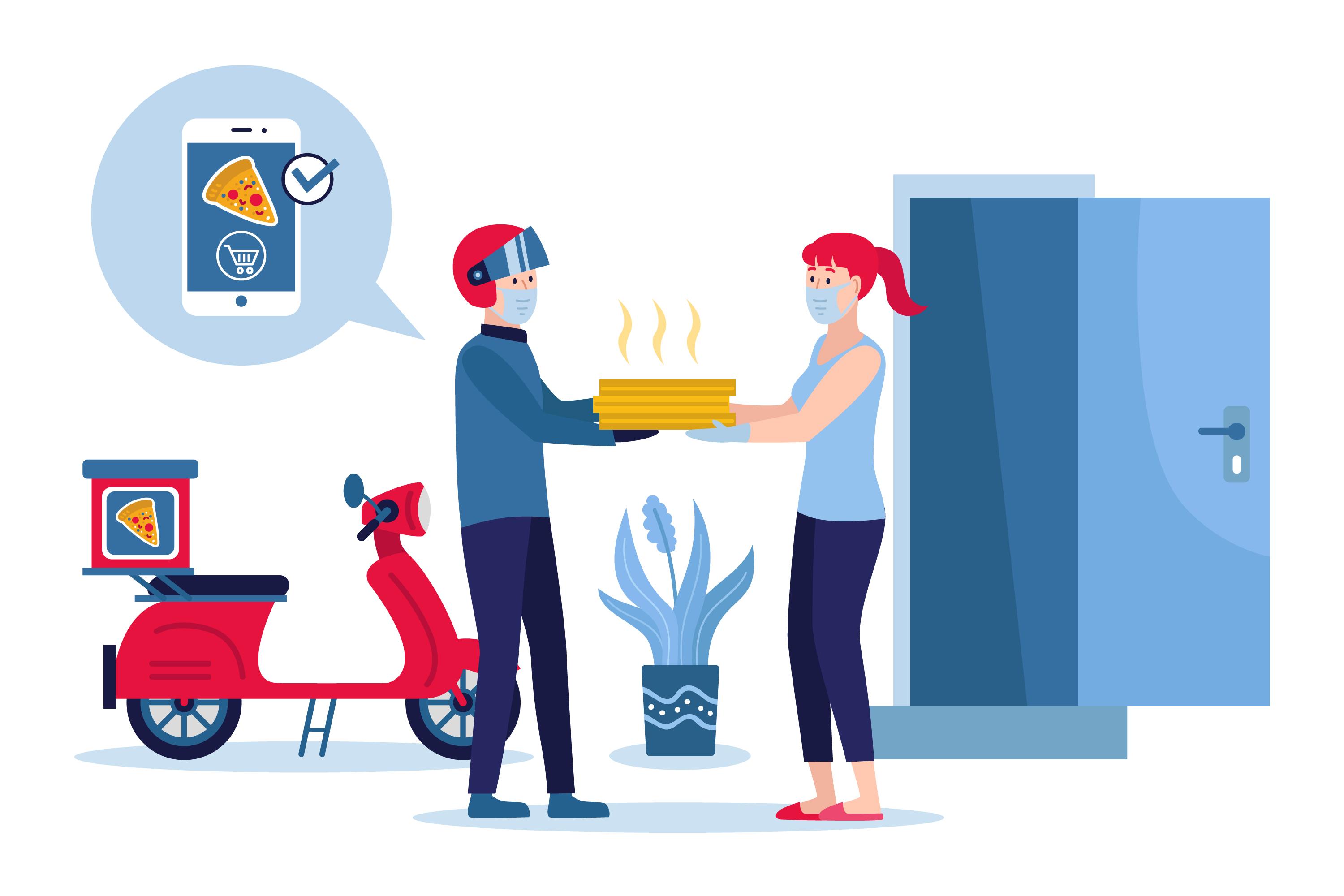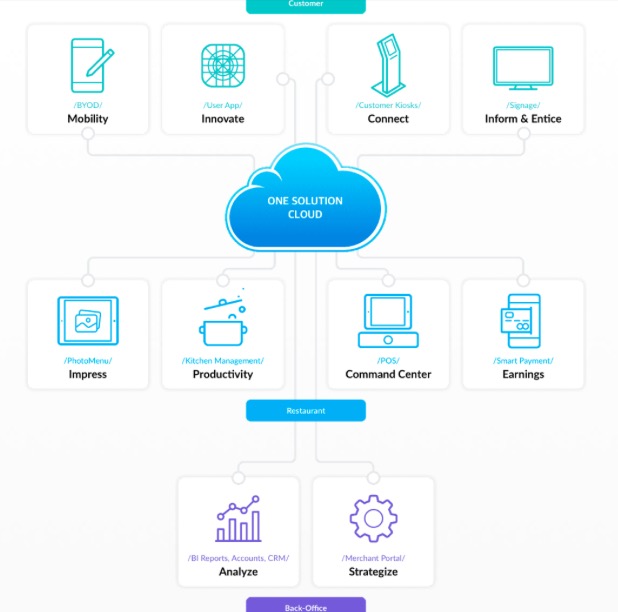3 New F&B Business Trends Brought About by COVID-19
How is covid-19 changing the F&B landscape and are these changes set to stay?

快速瀏覽
Businesses Forced to Adapt or Sink
COVID-19 has been responsible for the disruption of many businesses, markets and industries. However, one of the most severely-affected industries has been that of F&B. Be it through social distancing measures forcing lowered capacity, bans on dining in, mandatory shutdowns and more, restaurants have been facing a tough battle to stay afloat amid these turbulent times. Yet, in the face of adversity, we are seeing new trends emerge as restaurant owners adapt to overcome the challenges brought about by a post-COVID world. In this article, we take a look at three of the most hard-hitting restaurant trends and discuss whether they are here to stay or are simply just passing fads.

The Rise of Food Delivery
With dine-in being crippled by restrictions, takeaway and delivery have emerged as the new norm. In cities like Hong Kong, where there has always been a strong emphasis on dining out and visiting restaurants, COVID-19 restrictions have forced restaurants to offer delivery and takeaway solutions. Even restaurants with willing dine-in customers, a requirement for social distancing, a limit on group sizes and the temporary shutdown of restaurants have caused delivery to become a necessity.
This trend is not just seen in Hong Kong, as places like the US have also seen a large spike in the number of businesses offering delivery. Those restaurants who steadfastly remained resolute on solely offering a dine-in experience have now been forced to adopt delivery as bankruptcy and closure loom as the only other option. The greater number of F&B merchants now available on delivery apps is increasing the variety of food that consumers can expect. More and more customers, too, as a result, have started downloading delivery and takeaway apps so that they can get great food delivered right to their doorstep.
In this case, delivery and takeaway are not simply trends that will disappear once COVID-19 gets under control. F&B businesses will have already put in place the infrastructure to offer delivery and takeaway options, so it would be counterproductive to remove this second revenue stream even when customers return to their businesses in regular numbers. On the customer-side, with people growing more accustomed to having a greater variety of food able to be delivered to them, there will always be demand for delivery and takeaway options.

Cashless is King
Given that cash is a physical commodity that changes hands from person to person at a quick rate, it has been seen as a way to transmit the Coronavirus. This theory was corroborated as "on March 3rd, the World Health Organization issued an alert advising consumers to avoid cash and switch to contactless payments to deter transmission of the novel coronavirus." With this warning hitting many governments hard, several global locations started advocating for the removal of cash payments and instead focused on creating a cashless economy.
With so many innovative cashless systems available like eWallets, NFC payments, FPS payments and even QR code payments, fewer and fewer companies are willing to take the risk of accepting cash these days. In places like China and India, the populace has already been moving away from cash as the technology and infrastructure for a cashless economy is already in place. Russia even "went as far as limiting cash withdrawals from ATMs that recycle bills from other customers."
It certainly seems like cashless payments are the way of the future. Not only is it better for the environment since fewer bills need to be printed, but it is also becoming more convenient and commonplace for people to opt to use technology to pay. The ability to pay remotely is also a great advantage of using cashless payments over traditional paper money.

Digitization of F&B Businesses
As F&B businesses begin to gear toward running their businesses with as little contact with other people as possible, there has been an inevitable shift toward the digitization of business management. Be it "partnering with online ingredient suppliers for the first time, digitizing their inventory systems, implementing cashless payments and digital POS systems, and even automating manual tasks," there can be no denying that the trend of digitizing restaurants is a very real one.
This trend toward digitization is also likely to stay as digitizing a restaurant often has a positive effect on efficiency. It also helps to reduce overhead costs, reduce staff costs and mitigate errors. Not requiring staff to perform mundane tasks and being able to digitize business operations can elevate any F&B businesses' performance to a new level. Restaurants who invest in digitization are unlikely to go back to a manual management method as it would be counterproductive and no longer cost-effective. Making the leap to a digitized business isn't even particularly difficult, especially with the right POS system at hand.
Coronavirus Mandates the Adoption of Tech
Due to the prolific effect that the Coronavirus has had on the global economy, many restaurants have now switched their business strategies to focus on more tech-based solutions. By implementing technology into businesses, especially with regards to an online model, restaurants can benefit from a two-pronged revenue stream and increase profits in the long run.